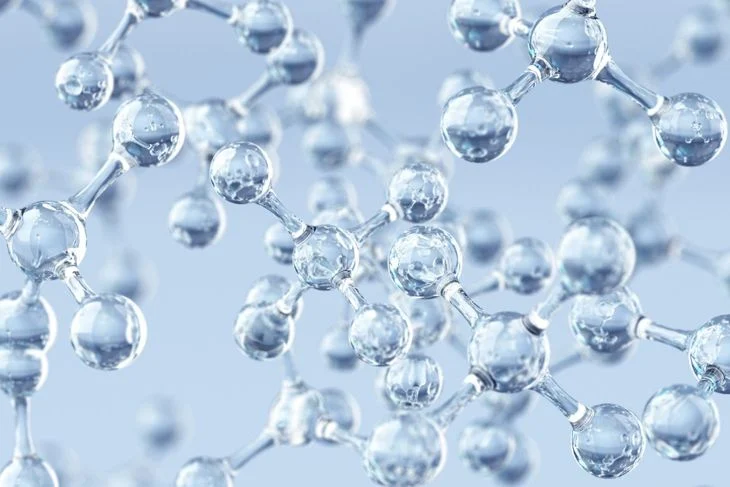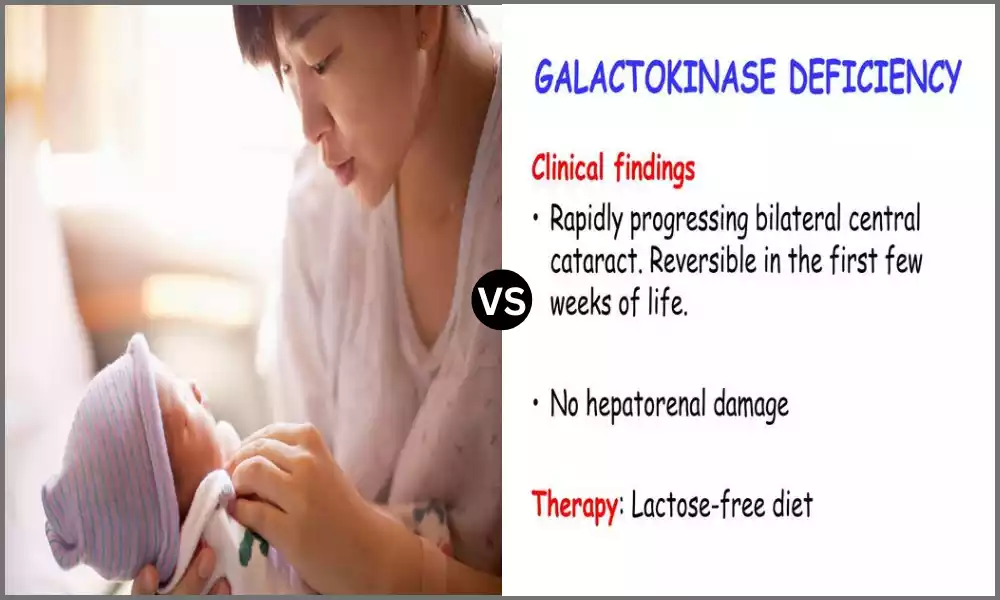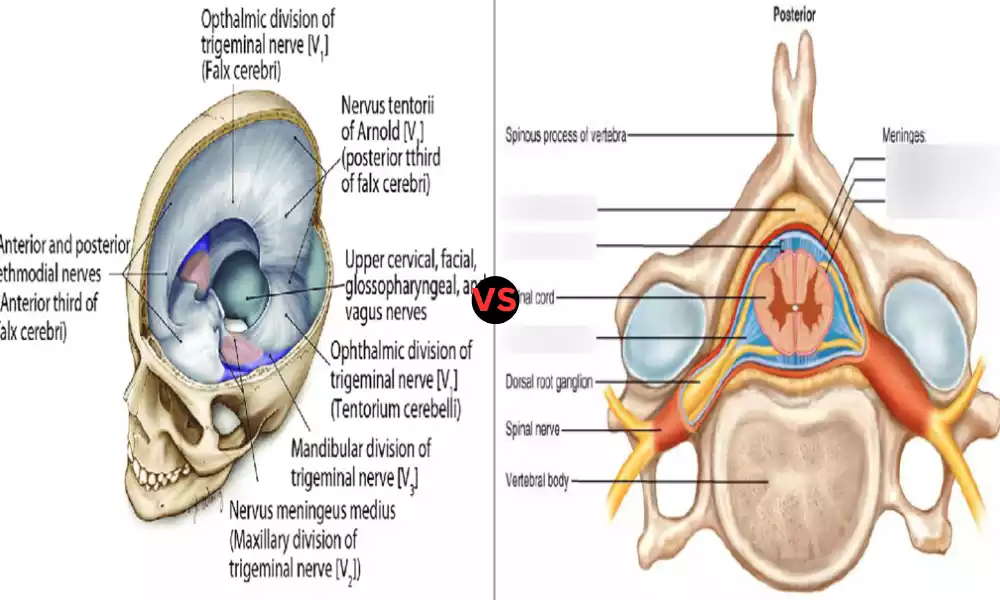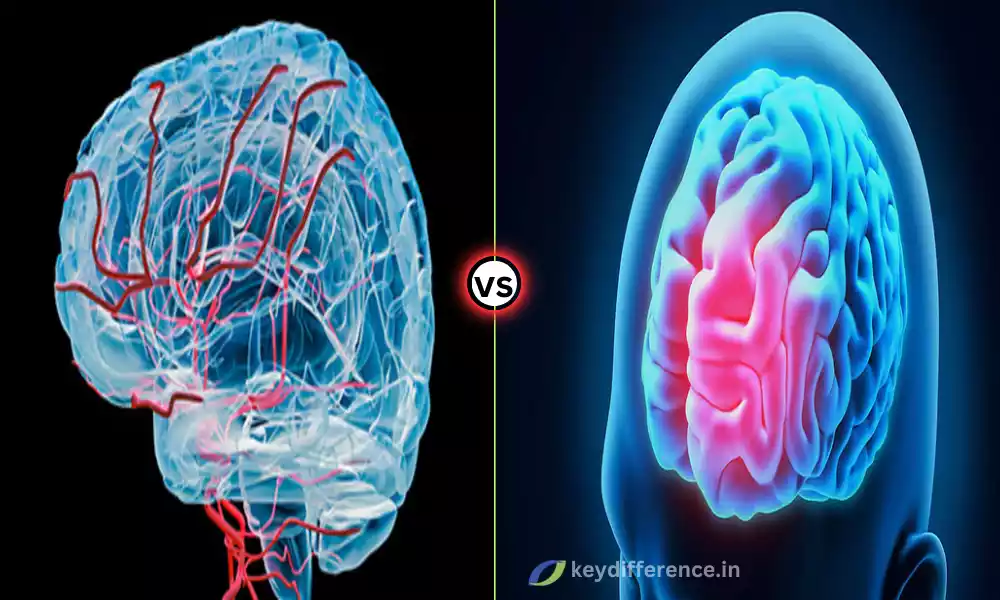Introduction
Galactosemia and Galactokinase Deficiency are two distinct genetic metabolic disorders that impact the body’s ability to process galactose the sugar in dairy products as well as vegetables and fruits. Although both disorders have similarities, however, they differ in their cause, biochemical pathways, symptoms, diagnostic techniques treatments, and long-term outlook.
This outline is designed to clarify the main distinctions and similarities between these conditions, highlighting the importance of an accurate diagnosis and customized treatment for those affected.
What is Galactosemia?
Galactosemia is an uncommon acquired genetic disorder that is characterised by the body’s inability to efficiently metabolize galactose which is a sugar that can be found in a variety of food items, but mostly dairy products.
The metabolic deficit is because of mutations in genes that encode enzymes that are required to break down galactose. As a result, individuals with galactosemia cannot convert galactose into glucose, leading to the accumulation of toxic substances, such as galactose-1-phosphate, in various tissues and organs.
Galactosemia could have severe consequences for health if not treated and mainly affects the brain, liver, and eyes, which makes early diagnosis and proper diet for those affected.

What is Galactokinase Deficiency?
Galactokinase deficit, commonly referred to as galactokinase-galactosemia or GALK deficiency is a rare genetic metabolic disorder that is characterized by a lack of the galactokinase enzyme.
Galactokinase is the first step in the process of galactose’s metabolism, an ingredient in a variety of food items, including dairy products. If a person is deficient in galactokinase the enzyme’s absence of function leads to the accumulation of galactose in the bloodstream as well as other tissues of the body.
Unlike classic galactosemia, where the buildup of galactose-1-phosphate is the primary issue, in galactokinase deficiency, the primary concern is the elevated levels of galactose itself. This may cause specific symptoms, one of the most noticeable among them is a formation that causes cataracts to appear in the eyes. Other eye problems can also be present.
Early diagnosis and diet modifications including the reduction of galactose consumption, are essential for tackling galactokinase deficiency, as well as preventing or treating its symptoms, especially cataracts.

Importance of Differentiating Galactosemia and Galactokinase Deficiency
It is important to distinguish between Galactosemia as well as Galactokinase Deficiency is of paramount importance in the treatment of those affected. Both conditions have issues with galactose metabolism and metabolization, they have distinct causes, clinical signs as well as treatment options and long-term implications.
This is why it’s important to distinguish between the two:
- Treatment Strategies:
- Galactosemia: In classic galactosemia, the primary concern is the accumulation of galactose-1-phosphate, which can be toxic. Treatment involves a strict diet restriction on galactose. This includes the elimination of any sources of galactose that are present in the diet. This is crucial to avoid the serious health risks associated with galactosemia.
- Galactokinase Deficiency: In galactokinase deficiencies, the most significant problem is the accumulation of galactose, which can cause cataracts. Although dietary changes may be required, the restrictions are typically less restrictive as in galactosemia. In addition, cataract management like surgery, could be necessary.
- Clinical Manifestations:
- Galactosemia: The condition is a condition that can cause a diverse array of symptoms including brain damage, liver damage as well as other health problems. Early detection and prompt dietary modifications are crucial to avoid or reduce the severity of these negative effects.
- Galactokinase Deficiency: The most prominent sign of cataracts is that affects the eyes. It is essential to recognize and address this ocular issue immediately to prevent vision loss.
- Diagnostic Approaches:
- Galactosemia: Diagnosis typically involves measuring galactose-1-phosphate levels and genetic testing for specific mutations in galactose metabolism genes.
- Galactokinase Deficiency: The diagnosis often depends on clinical examination as well as genetic tests to detect changes that affect the GALK1 gene. GALK1 gene.
- Prognosis:
- Galactosemia: If not properly managed the condition can cause grave dangerous and even life-threatening problems. The early diagnosis and the dietary interventions may improve outcomes, but the long-term health of patients may be affected.
- Galactokinase Deficiency: When properly treated the outlook for galactokinase deficiencies is usually better, with an emphasis on maintaining vision and preventing cataracts.
- Quality of Life:
- The precise distinction ensures that people get the best treatment and nutrition guidance that will significantly improve the quality of their lives.
Knowing the difference between Galactosemia from Galactokinase Deficiency is crucial because it helps in the treatment process, helps avoid severe adverse health effects, and assists in improving the overall health of the affected.
An accurate diagnosis allows health professionals to customize their treatment plans according to the particular requirements for each individual patient maximizing their results and their quality of life.
Comparison Table of Galactosemia and Galactokinase Deficiency
Here’s a comparison table highlighting the key differences between Galactosemia and Galactokinase Deficiency:
| Characteristic | Galactosemia | Galactokinase Deficiency |
|---|---|---|
| Underlying Cause | Mutations in genes encoding enzymes of galactose metabolism | Deficiency of galactokinase enzyme |
| Biochemical Basis | Accumulation of galactose-1- phosphate, leading to toxicity | Accumulation of galactose |
| Clinical Manifestations | – Liver damage- Intellectual disability – Neonatal jaundice – Cognitive impairment | – Cataracts primarily affecting the eyes- Other ocular symptoms may occur |
| Diagnostic Tests | – Galactose-1-phosphate levels – Genetic testing for specific gene mutations | – Clinical examination of the eyes – Genetic testing for GALK1 gene |
| Dietary Treatment | Strict lifelong dietary restriction of galactose sources (e.g., dairy) | Dietary modifications, including reducing galactose intake |
| Special Considerations | – Newborn screening – Continuous monitoring and follow-up | – Management of cataracts through surgery – Vision preservation |
| Prognosis | – Serious long-term health complications if untreated – Impact on quality of life | – Better prognosis with proper management- Focus on preserving vision |
This table provides a concise overview of the main differences between Galactosemia and Galactokinase Deficiency in terms of their underlying causes, biochemical basis, clinical manifestations, diagnostic tests, treatment strategies, special considerations, and prognosis.
Differentiating between these two conditions is crucial for appropriate management and improved patient outcomes.
Accumulation of Galactose-1-phosphate
The accumulation of Galactose-1-phosphate is a key biochemical feature associated with classic Galactosemia, a rare inherited metabolic disorder. If you suffer from Galactosemia, there is a deficit in an enzyme that is responsible for metabolizing galactose. It is a sugar present in a variety of foods, particularly dairy products. This deficiency leads to the buildup of Galactose-1-phosphate in the body.
This is how it happens:
- Galactose Metabolism: A normal functioning metabolic pathway, galactose can be transformed into glucose which is used to create energy. This pathway of metabolism involves an array of reactions that are enzymatic.
- Insufficiency of Enzyme: The cause is Galactosemia it is due to a defect within one enzyme that plays a role in this path. The most common form of Galactosemia is caused by a deficiency of the enzyme galactose-1-phosphate uridyltransferase (GALT).
- Accumulation of Galactose-1-phosphate: When the enzyme is deficient, galactose cannot be properly converted into glucose. As a result, galactose-1-phosphate accumulates in various tissues and organs in the body.
- Toxic Effects: The accumulation of galactose-1-phosphate can have toxic effects on the body, particularly on the liver, brain, and kidneys. It may cause various symptoms that include damage to the liver in neonatal jaundice, cognitive impairment, as well as intellectual disability if not addressed.
- Treatment: To manage classic Galactosemia, individuals must follow a strict lifelong dietary restriction of galactose-containing foods, which helps prevent the buildup of galactose-1-phosphate and the associated health complications. Early detection and screening for babies is essential to initiate diet-related interventions quickly.
It’s crucial to know that Galactosemia is not the same as Galactokinase Deficiency, a galactose metabolism disorder. In Galactokinase Deficiency, the primary issue is the buildup of galactose itself rather than galactose-1-phosphate, and it typically leads to cataracts and ocular symptoms rather than the severe multi-organ complications seen in classic Galactosemia.
Long-term Health Complications
Chronic health issues in patients suffering from classic Galactosemia neglected or poorly managed can be serious and even life-threatening. These complications are primarily due to the accumulation of galactose-1-phosphate and other toxic substances in various tissues and organs.
Here are a few chronic health problems that come with the classic Galactosemia:
- Liver Damage: Galactose-1-phosphate buildup can lead to liver damage, which may progress to liver failure if not addressed. Liver dysfunction can cause jaundice as well as Hepatomegaly (enlarged liver) and low growth.
- Cognitive Impairment and Intellectual Disability: High levels of galactose-1-phosphate can affect the central nervous system, leading to cognitive impairment and intellectual disability. This could affect someone’s capacity to learn, develop, and overall quality of life.
- Neurological complications: Certain people with Galactosemia might experience neurological signs that include speech issues as well as tremors and motor dysfunctions.
- Renal Impairment: Galactose-1-phosphate accumulation can also affect kidney function, potentially leading to kidney problems if not managed.
- Ovarian Dysfunction (in females): Galactosemia can cause female ovarian dysfunction and cause problems regarding fertility and reproductive health.
- Cataracts (if galactose is reintroduced): Although not a direct consequence of galactose-1-phosphate accumulation, if galactose-containing foods are reintroduced into the diet after a period of dietary restriction, individuals with Galactosemia can develop cataracts, which can impair vision.
- Bone Health: A few people suffering from Galactosemia might have bone health issues such as decreased bone density which increases the risk of breaking.
- Health and Quality Long-term effects of Galactosemia could significantly affect the quality of life of an individual as it affects their cognitive and physical capabilities as well as their overall health and well-being.
It’s crucial to highlight the importance of early diagnosis via newborn screening as well as strict dietary control is essential for stopping or reducing the long-term effects. By avoiding the consumption of galactose-containing food items and adhering to specific dietary guidelines, those suffering from galactosemia can live more healthy lives and decrease the risk of suffering from serious health problems. Regularly monitored medical and health care are essential in addressing any complications that might occur.
Ongoing Research and Potential Therapies
Research into Galactosemia continues to gain a better understanding of the root mechanisms that cause the condition and to develop more effective treatment options. While diet is the main treatment strategy Researchers are exploring possible therapies that may enhance the living quality of people suffering from Galactosemia.
Here are a few areas of research that are ongoing and possible treatments:
- Gene Therapy: The field of gene therapy has become a lucrative field of study for genetic diseases such as Galactosemia. Researchers are looking into ways to introduce functional duplicates of the gene that causes Galactosemia to the body. Initial preclinical studies have demonstrated potential, but more studies and clinical trials are needed.
- Enzyme Replacement Therapy (ERT): ERT involves the introduction of an enzyme that is missing in the human body. While this strategy has proven effective for other metabolic diseases, however, it’s not as effective for those suffering from Galactosemia because of the complex nature of the galactose metabolism. Researchers continue to study the potential of ERT for Galactosemia.
- Chaperone Therapy: Chaperone molecules are able to stabilize enzymes affected by specific mutations, and could help restore their functions. Researchers are studying whether chaperone therapy could be applied to the Galactosemia condition, especially for those with particular enzyme mutations.
- Dietary Options: Scientists are investigating different diets that aren’t strictly galactose-free diet. This includes evaluating the safety and efficacy of diets modified to allow the consumption of a small amount of galactose without harming anyone. The diets can provide a higher quality of life for people suffering from Galactosemia.
- Advanced screening techniques: It is the subject of ongoing research to create more sensitive and precise tests for screening Galactosemia that could result in earlier diagnosis and treatment.
- Monitors and Biomarkers: Identifying biomarkers that are reliable to track the progression of disease and the effectiveness of treatment is essential. In the process of research, we are trying to identify biomarkers that will guide treatment management.
- Patient Registers as well as Natural History Studies: Data collected through patient registers as well as natural history studies help researchers gain insight into the process of disease and its variability. This information is crucial in the design of treatments and clinical trials.
- The Nutritional Supplement: Research is focused on enhancing the nutritional assistance provided for people with Galactosemia, to ensure they are receiving the necessary nutrients while adhering to diet limitations.
- QUALITY of Life Studies: The study of the psychosocial effects of living with Galactosemia as well as its impact on the quality of life of affected people and their families is ongoing. The research helps inform support services and interventions.
It’s important to keep in mind that even though these areas of research provide the possibility of improved treatments, the majority of these treatments remain in the experimental or preclinical stage.
Clinical studies as well as rigorous tests are required before any novel treatments can be adopted widely. However, a strict diet treatment is the best standard treatment for those suffering from Galactosemia in order to reduce or prevent the risk of complications that can last for a long time.
Similarities Between Galactosemia and Galactokinase Deficiency
Galactosemia as well as Galactokinase Deficiency are two rare metabolic disorders that impact the body’s ability to process galactose the type of sugar that is found in a variety of food items. These conditions are distinct in their origins, biochemical pathways, and physical manifestations however, they share certain similarities:
- Genetic Inheritance: Galactosemia and Galactokinase Deficiency are genetic disorders that can be inherited. They result from mutations in the specific genes that are involved in the metabolism of galactose.
- Dietary modifications: Patients who suffer from both conditions need dietary adjustments to manage their condition efficiently. The most common modifications are the restriction or avoidance of galactose-containing food items.
- Potentially Impact on Quality of Life: The two conditions, if they are not well controlled, can affect the quality of life of an individual due to the symptoms and complications. The restriction of food intake and monitoring for health are essential to maintain excellent health.
- Baby Screening: Galactosemia as well as Galactokinase Deficiency can be identified through newborn screening programs in a number of nations. It is vital to diagnose the condition early to prompt intervention and treatment.
- Genetic Tests: Genetic testing is used to verify and diagnose both diseases. Specific mutations in the underlying genes can be discovered by genetic analysis.
- Management of the Early Years: Management of both conditions usually starts at the age of infancy. Keeping adhering to strict guidelines for diet is crucial during the early stages of development.
- Possibility of Long-term health complications: If not handled correctly, both Galactosemia and Galactokinase Deficiency could lead to long-term health problems, which emphasizes the importance of early detection and the proper treatment.
Although these disorders share similarities, it is crucial to be aware of the fact that their biochemical processes and their clinical manifestations are different. Galactosemia primarily involves the accumulation of galactose-1-phosphate and can lead to severe multi-organ complications, while Galactokinase Deficiency focuses on the accumulation of galactose itself, primarily affecting the eyes, leading to cataracts and ocular symptoms. Thus, a precise diagnosis and customized treatment are essential for people suffering from these diseases.
Reference Books
Certainly, here are some reference books on Galactosemia and related topics:
- “Galactosemia: An Overview and a Challenge” by Deborah Segal and Chris Barnard
- This book provides an in-depth overview of galactosemia, its clinical presentations, biochemical basis, genetics, and management strategies.
- “Inborn Metabolic Diseases: Diagnosis and Treatment” by Jürgen G. Okun and Georg F. Hoffmann
- While it covers a wide range of inborn metabolic disorders, it includes a section on galactosemia, offering valuable insights into the condition.
- “The Metabolic and Molecular Bases of Inherited Disease” edited by Charles R. Scriver, et al.
- This comprehensive reference work is considered a classic in the field of inherited metabolic diseases. It covers various metabolic disorders, including detailed information on galactosemia.
- “GeneReviews®” by the National Center for Biotechnology Information (NCBI)
- GeneReviews is an online resource that provides detailed and up-to-date information on genetic conditions, including galactosemia. It offers clinical summaries, genetic testing information, and management guidelines.
- “Metabolic Disorders and Nutrition” by Laurie E. Bernstein and Fran Rohr
- This book explores various metabolic disorders, including galactosemia, with a focus on the nutritional aspects of managing these conditions.
- “Pediatric Nutrition Support Handbook” by Annette Robert and Vicki Leake
- While not specific to galactosemia, this handbook covers nutritional support for children with metabolic disorders, offering insights into dietary management for various conditions.
Conclusion
Galactosemia, as well as Galactokinase Deficiency, are two distinct but uncommon genetic metabolic conditions that impair the body’s capability to make galactose. Although they have some commonalities with respect to genetic inheritance, diet-related changes, and the potential impact on the quality of life, they are distinct in the context of their root cause, biochemical mechanism clinical manifestations, as well as treatment strategies.
A proper diagnosis and treatment are vital for people suffering from these disorders to avoid or minimize long-term health problems. Research is ongoing and offers hope of improved treatments in the near future, but at present, strict diet treatment remains the primary element of treatment for people who suffer from these conditions.
Screening for newborns early and continual medical care is crucial to maximize the health and quality of life of those with Galactosemia and Galactokinase Deficiency.







